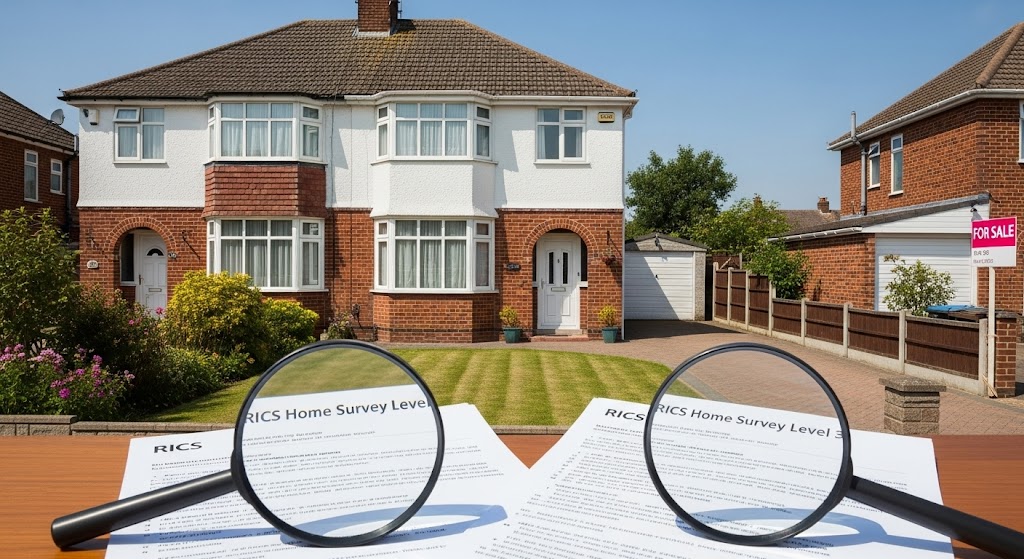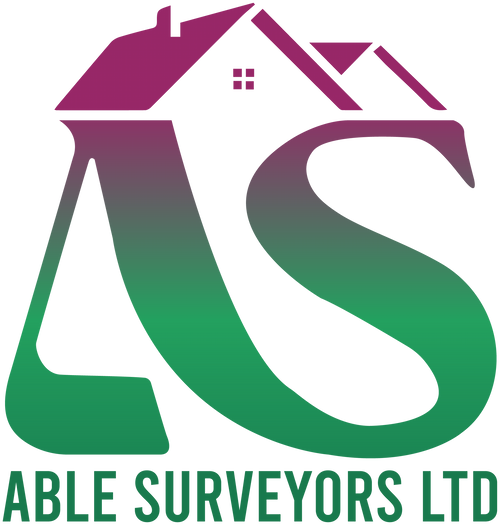
Buying a home is one of the most significant financial decisions you’ll ever make. An essential part of this process is getting a professional survey, but with different options available, it’s easy to feel overwhelmed. What’s the real difference between a RICS Home Survey Level 2 and a Level 3, and which one is the right choice for your property?
As Chartered Surveyors with extensive experience in the local market in and around London and the Home Counties, we understand the specific challenges that properties in this region can face, from the clay soil in Essex to the unique construction of period homes in London. Choosing the right survey is the key to managing your risk and ensuring your investment is a sound one.
Understanding the RICS Survey Levels
The Royal Institution of Chartered Surveyors (RICS) sets the standard for property surveys in the UK. The two most common options for home buyers are the RICS Home Survey Level 2 and the RICS Home Survey Level 3.
- RICS Home Survey Level 2 (formerly known as a HomeBuyer Report) is a concise and accessible report suitable for conventional properties in a reasonable condition. It uses a clear “traffic light” system to highlight issues: red for urgent attention, amber for problems requiring future maintenance, and green for no significant issues. It includes a visual inspection but does not involve lifting floorboards or moving heavy furniture.
- RICS Home Survey Level 3 (formerly known as a Building Survey) is the most comprehensive and detailed inspection available. It is designed for older, larger, or non-standard properties, or for those in poor condition. A Level 3 report provides a detailed analysis of the property’s structure and fabric, highlighting defects and potential causes, and providing advice on repairs and maintenance options.
A Quick Comparison
The following matrix provides a clear, side-by-side comparison to help you understand the core differences.
Feature |
RICS Home Survey Level 2 |
RICS Home Survey Level 3 |
|---|---|---|
|
Ideal For |
Conventional houses, flats, and bungalows in a reasonable state of repair (typically post-1900 construction). |
Older properties (pre-1900), listed buildings, unusual or non-standard construction, or properties that have been significantly altered. |
|
Level of Detail |
A concise report using a clear “traffic light” rating system. |
A highly detailed report with in-depth analysis of the property’s structure, defects, and repair options. |
|
Scope of Inspection |
A visual, non-invasive inspection. The surveyor will not move furniture or lift floorboards. |
A thorough, in-depth inspection. The surveyor will lift accessible floorboards, enter lofts and cellars where safe to do so, and investigate potential issues. |
|
Cost Advice |
Can include a market valuation and reinstatement cost for insurance purposes (optional). |
Provides advice on the likely consequences of not addressing issues, but does not typically include a valuation or cost estimates as standard. |
Which One Is Right for You?
Choosing the right survey is about matching the inspection to the property and your own level of concern.
- Choose a Level 2 Survey if… you are buying a relatively modern, well-maintained flat in a purpose-built block in London, or a standard semi-detached house in Essex built in the last 50 years. This report will give you the confidence to proceed, highlighting any clear issues without the need for a more costly and detailed inspection.
- Choose a Level 3 Survey if… you are buying a Victorian terrace house in East London, a timber-framed cottage in rural Essex, or a property that has been significantly extended. These types of properties often have hidden complexities, such as latent defects, damp, or structural movement, that only a thorough Level 3 survey can identify. All level 3 surveys include projected repairs and repair costs which can help with assessing the property value and your offer to purchase the property and in many cases, help to renegotiate. It is also the correct choice if you are planning major renovation work or to those who want detailed repairs and projected repairs costs even in relatively new properties under 10 years old.
Ultimately, your survey is a crucial tool for making an informed decision. It is an investment that can save you from unexpected and expensive surprises after you’ve moved in. Our local surveyors are on hand to help you navigate this process and provide the peace of mind you need.
